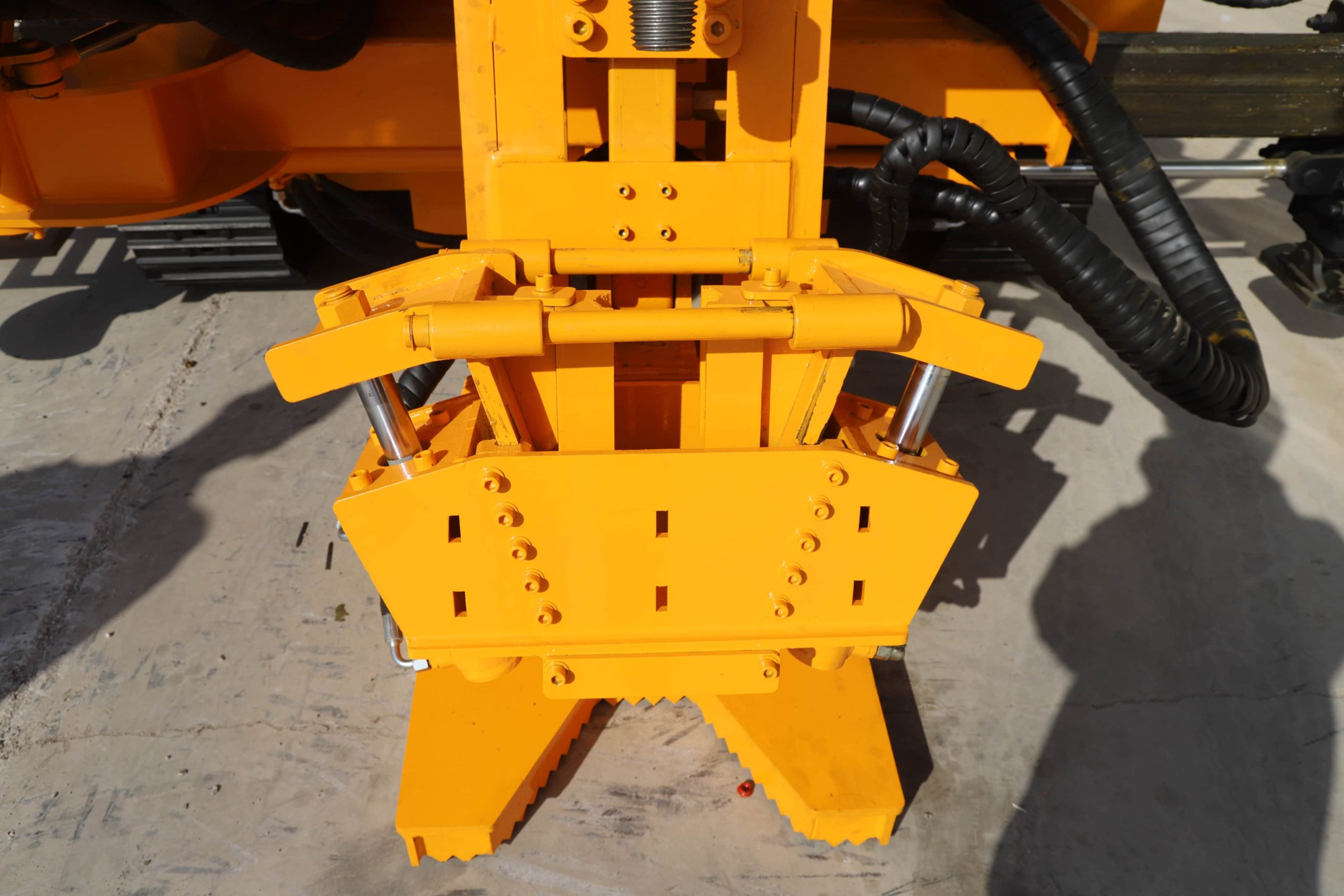Choosing the Right Core Drill for Your Project: Factors to Consider

A core drill is a marvel of engineering, composed of numerous components working in harmony to extract intact rock samples from deep within the Earth. Each part plays a critical role in ensuring precision, 效率, and sample integrity. Understanding these components is essential for operators, maintenance teams, and anyone involved in geological exploration.
At the heart of the core drill is the drill bit, the component that makes contact with the rock. Unlike standard drill bits, core bits are hollow, allowing them to cut a cylindrical hole while preserving the inner core. They are typically made of diamond or tungsten carbide, materials chosen for their hardness and durability. Diamond bits, embedded with industrial diamonds, are ideal for hard rock formations like granite, while tungsten carbide bits are better suited for softer sediments.
Attached to the drill bit is the core barrel, a hollow tube that captures and stores the rock core as it is extracted. Core barrels come in various designs, including single-tube and double-tube systems. Single-tube barrels are simpler but may allow contamination of the core by drilling fluids. Double-tube barrels, with an inner tube that isolates the core from the outer drilling area, are preferred for sensitive samples requiring minimal disturbance.
The drill string connects the drill bit to the surface equipment. It consists of a series of steel pipes screwed together, extending from the rig to the drill bit. The drill string transmits rotational force from the rig to the bit and provides a channel for drilling fluids. Its length determines the maximum depth the drill can reach, with modern strings allowing depths of several kilometers.
Hydraulic systems power the core drill, driving both the rotation of the drill string and the vertical movement of the rig. Hydraulic pumps generate pressure to operate motors that spin the drill bit and cylinders that lower or raise the drill string. This system provides precise control over drilling speed and pressure, essential for adapting to different rock formations.
 邦欣鑽機
邦欣鑽機